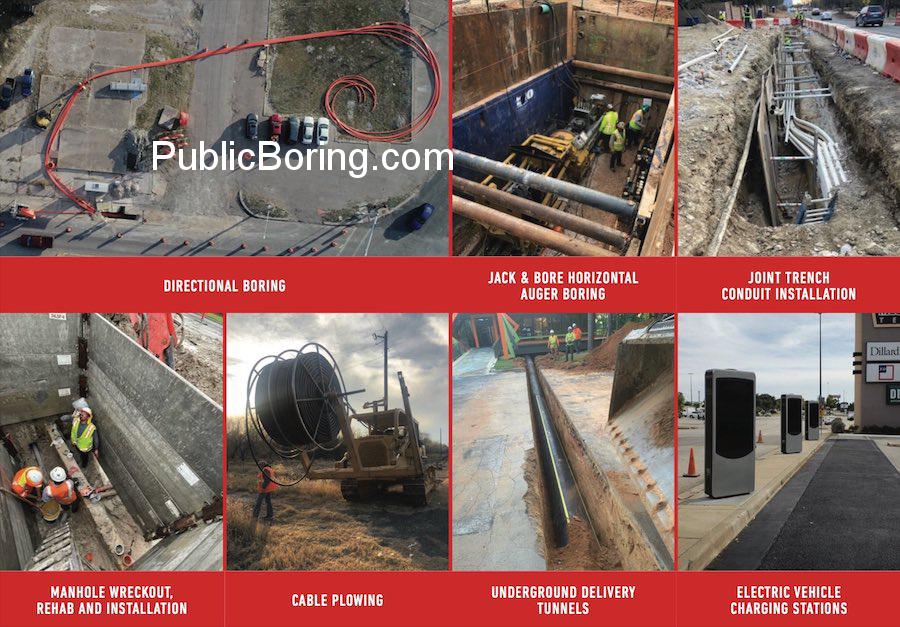Manhole Installation: An In-depth Examination
Manhole installations play an integral role in the vast underground construction ecosystem, providing critical access points to utilities. These structures facilitate maintenance, monitoring, and emergency access, ensuring the sustained functionality of essential services. Using the provided terms, here’s a comprehensive look at the steps involved and services rendered in manhole installation:
- Planning & Coordination:
- Construction Site Development: Prior to excavation, a thorough site assessment is conducted to identify boreable zones and best placement locations for manholes.
- Co-op and Corporation Collaboration: Different entities like companies, LLCs, and corporations might come together to ensure optimal deployment strategies for manhole installations.
- Preparation and Excavation:
-
- Trenching and Auger Use: Conventional trenching methods are employed, and in specific cases, an auger can be used for precise excavation. Hand digging or hand trenching might be necessary near sensitive areas.
- Boring and Horizontal Drilling: In situations where a trenchless approach is more viable, boring methods, especially horizontal directional drilling, could be utilized.
- Utility Coordination:
-
- Ductbank and Conduit Integration: Prior to or post-manhole installation, ductbanks or conduits, which might house electrical cables or fiber optics (including FTTB, FTTH, FTTCS, etc.), need to be linked to the manhole.
- Cable Plowing & Blowing Fiber: Cable plowing facilitates utility placement, and blowing fiber offers a swift method for integrating fiber optic infrastructure with manholes.
- Manhole Structure Installation:
-
- Manhole Wreckout and Placement: Manholes are structurally formed, often off-site, and then placed into the excavated location. Direct placement methods ensure minimal disruptions to the surrounding area.
- Rehabilitation: In cases of old or deteriorated manholes, rehabilitation is essential to restore or upgrade the structure for prolonged usability.
- Site Restoration & Finalization:
-
- Landscape Integration: After the manhole installation, landscaping is paramount to restore the site, ensuring it blends seamlessly with the surroundings.
- Infrastructure Coordination: The manhole might connect to existing infrastructure systems, including sewer, electrical, or fiber networks.
- Safety & Regulatory Adherence:
-
- Government & Military Approvals: Installations, especially near highways, interstates, or military zones, may require permissions from government entities or military bodies.
- Emergency Protocols: Once operational, emergency access and rescue protocols related to manholes are established to ensure safety.
- Maintenance & Aftercare:
-
- Inspection & Upkeep: Regular checks and maintenance are crucial to retain the structural integrity and functionality of the manhole.
- Utility Access & Monitoring: Manholes facilitate utility access, making underground tasks such as pulling cables or inspecting conduits easier.
In sum, manhole installations are vital junctions in the underground construction web, ensuring easy accessibility and maintenance of utilities. The process involves meticulous planning, skilled execution, and consistent upkeep, providing a crucial service to modern infrastructure and its complex demands. Whether you’re looking for experts ‘near me’ or seeking the best in the industry, the importance of a properly installed and maintained manhole cannot be overstated.


